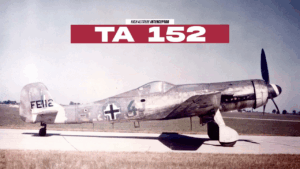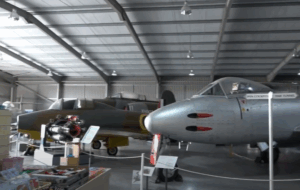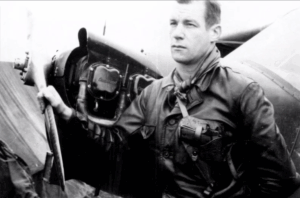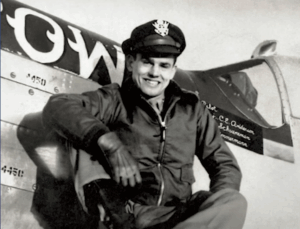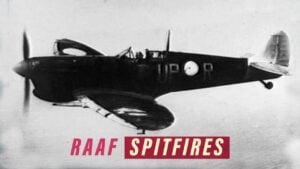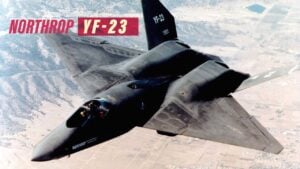The Infamous Curtiss SO3C Seamew: An Aircraft So Bad They Retired It Early

Rex's Hangar / YouTube
In the history of military aviation, few aircraft have a story quite as disappointing as the Curtiss SO3C Seamew. Intended to be the successor to the SOC Seagull, this plane was developed with high hopes but ultimately fell short in nearly every aspect that mattered, leading to its premature retirement.
The Advent of the Curtiss SO3C Seamew
Back in 1937, the U.S. Navy was in the market for a new scout plane to replace the SOC Seagull. They laid out their requirements: a mid-wing monoplane designed for two people—a pilot and an observer—with particular specifications. The new design had to include a removable centerline float for water landings, wings that could fold to save space on ships, and it needed to stay under 6,350 pounds. The challenging part was the engine: an experimental design from Ranger that promised low fuel consumption – a feature that caught the Navy’s eye.
Curtis stepped up to the challenge and, by August 1937, submitted their design to the Navy, winning a contract to build a prototype named the XS03C1. At the same time, Vought was also in the running and developed a competing prototype. Both designs were quite similar due to the strict restrictions from the Navy, making the competition tight. However, after initial tests, Curtis’ design was chosen for production, setting the stage for what was to come.
The prototype, completed in late 1939, had some impressive features. Ditching fabric covers, it boasted an all-metal design with stressed aluminum paneling, a straight wing leading edge, and tapered trailing edges. Distinctly, the engine’s exhaust stacks jutted from the nose’s bottom. When fitted with its landing gear, it had a modern and sleek appearance.

The Seamew’s Troubled Performance
However, problems surfaced quickly. Cooling and stability issues were evident during the prototype’s trial flights. By March 1940, during its final tests, the prototype’s engine overheated dramatically and failed, causing the aircraft to crash into shallow water. Despite efforts to fix these issues, including modifications to the air intake and tail surfaces, the problems persisted.
When the Seamew finally entered production and was handed over to the Navy, more issues came to light. The plane struggled with takeoffs from water when fully loaded with fuel, a serious flaw for a scout plane that needed to range far over the ocean. Additionally, the aircraft’s central float was poorly designed, causing dangerous interactions with the propeller, and the takeoff attitude was steep, removing any hope of recovery in case of a stall.
This array of problems contributed to the Seamew’s unpopularity among pilots and led to its withdrawal from service less than two years after being introduced. It was replaced by its predecessor, the very plane it was designed to succeed, marking a humiliating chapter for the Seamew.

Lessons from a Flawed Design
The Seamew’s story did not end there. When the British Royal Navy received some units under the Lend-Lease program, they quickly dismissed the aircraft, dubbing it the “Sea Cow” for its awkward performance. Most of these planes ended up in Canada, used as target tugs rather than scouting aircraft.
The Seamew’s failure is often attributed to a combination of ambitious yet rigid specifications from the Navy and the untested, unreliable engine. It was a disappointing outcome for an aircraft that had promised much but delivered little. This story serves as a reminder of the complexities and challenges in aircraft design and the importance of rigorous testing and flexibility in development.














